Pain
Made with the highest quality organic extracts, with wild-crafted and organic herbs, for the highest in discerning quality. Please explore and reach out to us with your questions and suggestions.
Your Cart
-
×
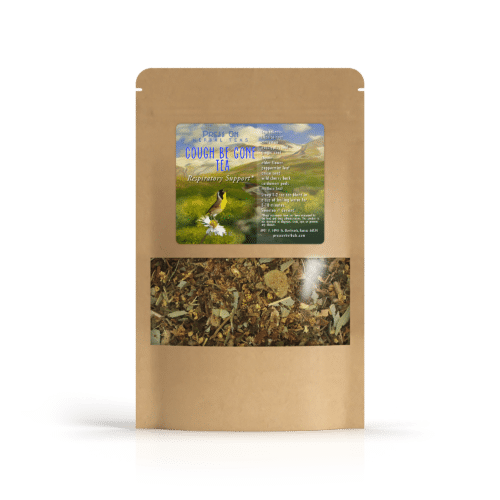 Cough Be Gone Tea
1 × $20.00
Cough Be Gone Tea
1 × $20.00 -
×
 Cough Be Gone Tincture
1 × $17.00
Cough Be Gone Tincture
1 × $17.00 -
×
 Digest Ease Tincture
1 × $17.00
Digest Ease Tincture
1 × $17.00 -
×
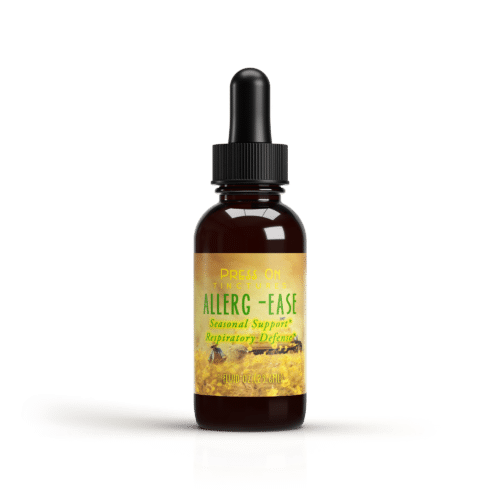 Allerg Ease Tincture
1 × $17.00
Allerg Ease Tincture
1 × $17.00 -
×
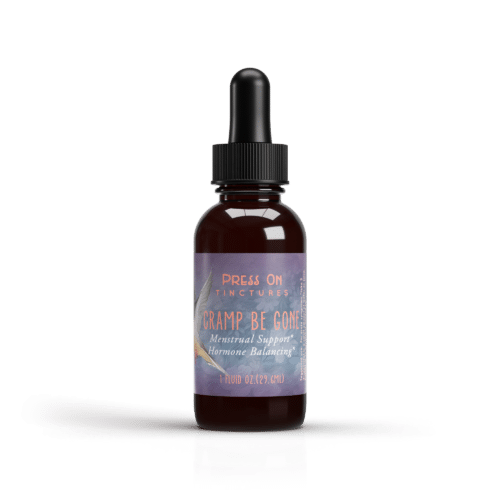 Cramp Be Gone Tincture
1 × $17.00
Cramp Be Gone Tincture
1 × $17.00 -
×
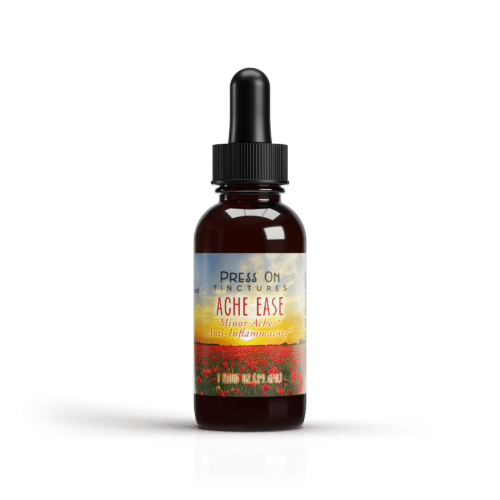 Ache Ease Tincture
1 × $17.00
Ache Ease Tincture
1 × $17.00 -
×
 Bye Bye Bumps And Bruises
1 × $19.50
Bye Bye Bumps And Bruises
1 × $19.50 -
×
 Black Elderberry Tincture
1 × $17.00
Black Elderberry Tincture
1 × $17.00 -
×
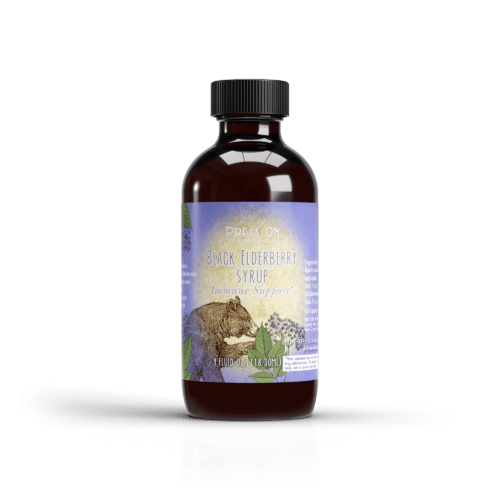 Black Elderberry Syrup
1 × $21.00
Black Elderberry Syrup
1 × $21.00
Subtotal: $162.50
Herbs for Pain
Explore the most effective herbs known for their pain-relieving properties and how they can be used to support overall health. While nonsteroidal anti inflammatory drugs (NSAIDs) are commonly used in conventional medicine for pain management, herbal remedies are often considered part of alternative medicine, offering non-conventional options for relief. Herbal medicine takes a holistic approach, addressing not just symptoms but also underlying causes. In addition to pain relief, herbal medicine may provide other health benefits, such as supporting immune function or delivering antioxidants that promote overall well-being. With a long-standing tradition, herbal medicine has played a significant role in traditional medicine practices across various cultures, utilizing natural remedies that have been valued for centuries.
Introduction to Herbal Medicine
One thing that you’ll have to understand is that herbal medicine has this long-standing tradition in cultures around the world, and I keep thinking that this might be the most beautful thing I’ve ever considered – offering natural solutions for pain relief and overall wellness that have been whispered through generations. Many herbs are valued for their pain releiving properties, making them a popular choice for those of us seeking to relieve pain, reduce inflammation, and manage conditions such as rheumatoid arthritis, neuropathic pain, and musculoskeletal pain – but who among us truly grasps the profound nature of this ancient wisdom? While nonsteroidal anti inflammatory drugs (NSAIDs) are commonly used to reduce pain and inflammation, I imagine if we watched these herbal remedies long enough, we might even be convinced that herbal medicine provides a natural alternative that may come with fewer side effects dancing through our systems. For individuals living with chronic pain or chronic inflamation, herbal medicine can be an effective way to improve quality of life, and as I sit here considering the vast variety of possiblities, I am resolved that by harnessing the anti inflammatory and pain releiving properties of plants, herbal medicine supports the body’s natural healing processes and offers a holistic approach to pain and inflammation management that might indeed capture something essential in our weary bones – perhaps we will never need to reach for those harsh chemicals again, because our healing will be captured in the gentle embrace of nature’s pharmacy, warmed by the subtle wisdom of leaves and roots upon our troubled flesh.
Understanding Pain and Inflammation
One thing that I’ve come to understand is that pain and inflammation are these wierdly complex responses that our bodies use to protect us, though I keep thinking they can become quite problematic when they just won’t quit persisting on us. I’ve learned that inflammation is our body’s natural reaction to injury or infection, but when it becomes chronic – and I mean really chronic – it can lead to this ongoing pain and tissue damage that just seems to follow you around like a shadow. Now, herbal medicine, and this might be the most fascinating excercise I’ve ever considered, can actually help relieve pain and reduce inflammation by targeting these specific inflammatory cytokines, such as tumor necrosis factor, which play such a key role in all this pain and inflammation business. Will these recent randomized clinical trials convince me that certain herbs can effectively reduce arthritis pain, neuropathic pain, and musculoskeletal pain by modulating these inflammatory pathways? I just don’t know, and won’t, until I see more evidence, but the possiblities are intriguing. As I sit here considering how understanding pain and inflammation allows for more targeted pain management strategies, I am resolved to find hope in herbal medicine offering this promising option that’s actually supported by clinical trials and scientific research – it’s almost too much to consider that nature might hold such finesse in healing our weary bodies.
Pain Relief
Understand the mechanisms by which various herbs provide pain relief and how they compare to conventional treatments. Randomized controlled trials have been used to evaluate the efficacy of herbal remedies, providing scientific evidence for their effectiveness compared to standard medications. For example, ginger has been shown in clinical studies to be an effective pain reliever, particularly for arthritis pain, due to its anti-inflammatory properties.
Rheumatoid Arthritis
Learn about herbal options that may help alleviate symptoms associated with rheumatoid arthritis, such as joint symptoms including pain, stiffness, and swelling, and improve joint function. Some herbs may also help reduce osteoarthritis symptoms.
Pain Management
Discover integrative approaches combining herbal medicine with other therapies for comprehensive pain management. Herbal medicine can also be used alongside conventional therapies to enhance pain relief and address inflammation, offering a more holistic approach to treatment.
Herbal Medicine
An overview of herbal medicine principles, common herbs used for pain, and their roles in traditional and modern healthcare. In particular, Chinese medicine has a long history of using herbs for pain management, with specific formulations and practices developed over centuries. When considering herbal remedies for pain, it is important to consult medical professionals to ensure safe and effective use, as they can provide guidance on potential interactions and appropriate dosages.
Natural Pain Relief
Explore natural pain relief options focusing on plant-based remedies with anti-inflammatory and analgesic effects. A natural remedy refers to treatments derived from plants or herbs that have been traditionally used for pain relief, offering an alternative to synthetic medications by utilizing naturally occurring compounds. These natural remedies are often valued for their historical use and are increasingly supported by scientific research as effective options for managing pain.
Nerve Pain
Insights into herbal treatments targeting nerve pain, including neuropathic conditions and their management. Certain herbs are believed to interact with pain receptors, such as TRPV1 channels, to help modulate pain and reduce discomfort. Nerve receptors play a crucial role in the transmission of pain signals from the site of injury or irritation to the brain. Herbal remedies may influence these nerve receptors, potentially inhibiting the transmission of pain signals and providing relief from neuropathic pain.
Natural Remedies
A broad look at natural remedies beyond herbs that contribute to pain reduction and overall wellness. Essential oils, such as lavender, peppermint, eucalyptus, and rosemary, are also widely used for pain relief and inflammation. Research supports their benefits when used safely, making them effective complementary options for managing pain conditions.
Natural Pain
Understanding the nature of pain and how natural substances can modulate pain perception and inflammation is important. Pain can be classified as either acute pain, which is sudden and short-term, or chronic pain, which persists over a longer period. Some herbs and natural remedies may be less effective for acute pain conditions, as their benefits are often delayed and more suited for managing chronic pain and inflammation.
Anti Inflammatory
Examination of herbs with potent anti-inflammatory properties that help reduce pain and swelling. These herbs are effective in reducing inflammation by targeting key pathways involved in the body’s inflammatory response. Certain herbs work by modulating inflammatory proteins, such as cytokines and enzymes like COX-1 and COX-2, as well as influencing inflammatory genes that regulate the production of these proteins. By acting on both inflammatory proteins and inflammatory genes, these herbs can help decrease inflammation at the molecular level.
Drug Interactions
Important considerations regarding potential interactions between herbal remedies and conventional medications.
Some herbal remedies can affect blood pressure, with certain ingredients having the potential to cause high blood pressure or lower blood pressure. It is important to monitor blood pressure regularly, especially for individuals already taking antihypertensive medications or those at risk of cardiovascular issues.
Individuals with liver disease should exercise caution when using herbal supplements, as some ingredients may exacerbate liver conditions or interact negatively with liver function. Consulting a healthcare provider before starting any new supplement is strongly recommended for those with liver-related health issues.
Common side effects of herbal remedies may include stomach upset and abdominal pain. These gastrointestinal issues can occur with ingredients such as MSM, bromelain, and willow bark. Monitoring for abdominal discomfort and other digestive symptoms is important, particularly for individuals with sensitivities or pre-existing conditions.
Complementary Therapies
How herbal medicine fits within complementary therapies to enhance pain relief and patient outcomes.
Reduce Inflammation
Strategies using herbs and lifestyle changes to reduce chronic inflammation, a key factor in many pain conditions. Certain herbs, such as Cat’s Claw and Thunder God Vine, can help modulate the immune system, which may reduce inflammation and support overall immune health. These strategies not only target inflammation but also play a significant role in reducing pain associated with chronic inflammation.
Chinese Herbs
Traditional Chinese herbs have been widely used for pain relief, with many supported by scientific research. One notable example is thunder god vine, which has a long history in Chinese medicine for managing autoimmune diseases such as rheumatoid arthritis and lupus. Some Chinese herbs are also used to help with inflammatory and immune-related conditions like ulcerative colitis and multiple sclerosis, where they may help reduce inflammation and modulate immune responses.
Pain Relief and Lifestyle
One thing that you’ll have to understand about lifestyle choices is that they might just be the most powerfull part of pain managment, though I imagine they work hand-in-hand with herbal medicine in ways that could provide pain releif and support overall health in manners we’re only beginning to grasp. A healthy diet rich in fruits, vegitables, and whole grains might help reduce inflamation and promote pain relief, and I’ve been thinking that regular excercise and sufficient sleep could indeed be essencial for reducing muscle pain, joint pain, and even menstrual cramps, though time will have to prove the good fruit of such patience. Stress managment techniques, such as meditation and yoga, might also help aleviate acute and chronic pain by calming the nervous system in ways that seem almost too much to consider. Perhaps herbal medicine can be integrated with these lifestyle modifications to enhance their effects, making it easier to reduce muscle pain, manage chronic pain, and improve quality of life, though I won’t know until then. As I sit here considering the vast variety of possiblities, I am resolved that by adopting a holistic aproach that combines herbal remedies with healthy habits, individuals might indeed better manage pain and inflamation, and perhaps find a resting spot in their journey toward healing.
The Role of Diet in Pain Management
One thing I’ve come to understand, through years of wandering through the maze of my own discomfort, is that what we choose to nourish ourselves with can weave itself deeply into the fabric of our pain and inflammation. I find myself thinking that diets heavy with processed foods and sugar might be like feeding fuel to a fire that’s already burning too bright within us, while foods carrying those gentle anti inflammatory whispers seem to offer a kind of reprieve that goes beyond what we might expect. There’s something almost mystical about incorporating foods rich in polyunsaturated fatty acids – perhaps those found in fish oil supplements – watching as they work their quiet magic to soothe inflammation and coax pain toward a more manageable place. I imagine herbal medicine as an old friend joining this journey, with herbs like turmeric and ginger bringing their ancient wisdom and powerful anti inflammatory gifts that seem to understand pain in ways we’re only beginning to grasp. As I sit here considering this dance between what we consume and how we feel, I’m struck by the profound truth that by focusing on a healthy diet and weaving together these anti inflammatory foods and herbs, we might find ourselves holding the keys to managing pain and inflammation in the most natural way possible – a kind of gentle rebellion against suffering that starts right at our own dinner table.
Stress Management and Pain
One thing you’ll have to understand is that stress, well, it’s this wierd trigger that sets off pain and inflamation in ways that might surprise you. I imagine that if you’ve ever felt the weight of stress settling into your shoulders, you’d know what I mean about how stress managment becomes this key thing for getting relief. That being said, herbal medicine offers these natural pathways to relaxation that I find quite remarkable – lavender essential oil and valerian root, they’re known for having these calming effects that seem to quiet the storm within. Will meditation and yoga really help lower those stress levels? I just don’t know for certain, but I imagine they do, and in turn they might reduce that pain and inflamation that’s been nagging at you. Perhaps regular excercise, having strong social support around you, and getting enough sleep are these additional strategies that work together like fingers on a keyboard, each one contributing to managing stress and alleviating that persistent pain. It’s almost too much to consider that by combining stress managment techniques with herbal medicine, we might create this comprehensive approach to pain relief and overall well-being that captures the essence of what our bodies truly need.




